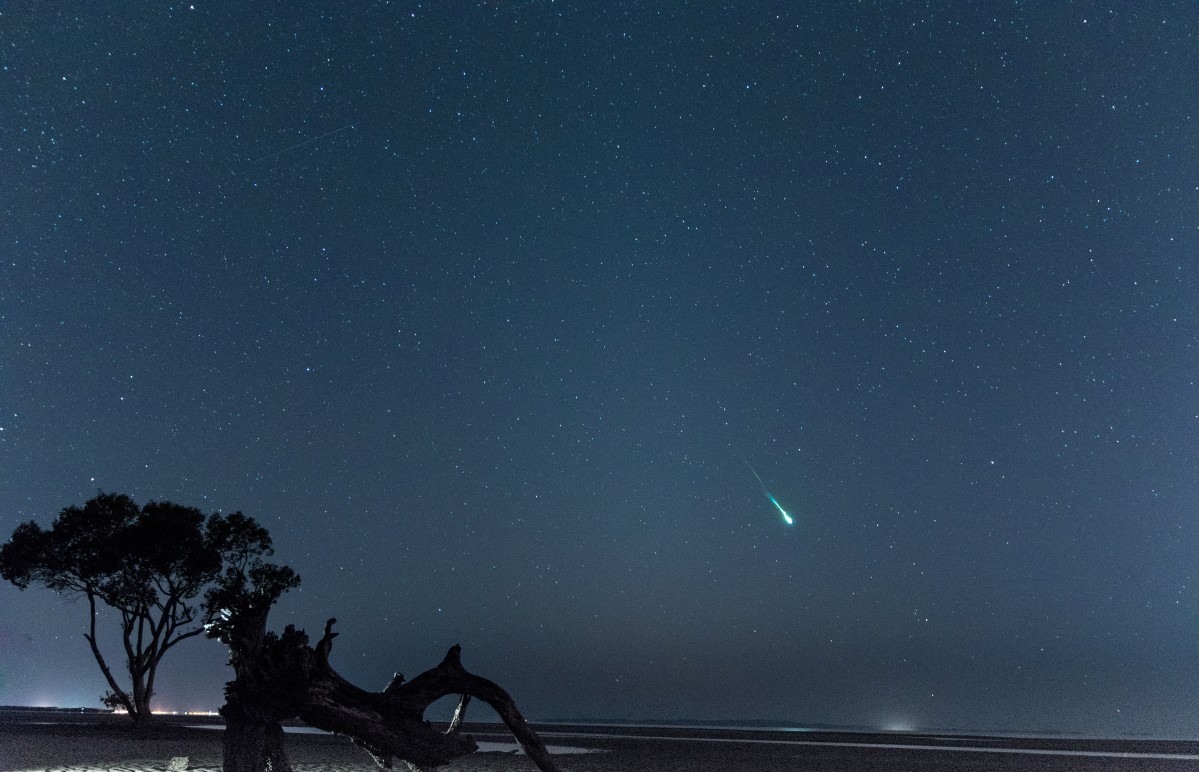
Heavy Rain, Flooding, and Chance of Severe Weather Staring Down the Southern U.S.
January 22, 2024
Posted: May 4, 2022 3:08 am





Eta Aquarids Meteors and Total Lunar Eclipse Highlight May Astronomy Calendar
The rising temperatures are beckoning many people to head outside to check out the night skies. What are the major astronomy events for the month of May? Read on for all of the highlights.
The Eta Aquarid meteor shower is set to light up the skies with a peak on the night of May 5 and into the morning hours of May 6. It has only been a few weeks since the Lyrids streaked across the sky on April 21 and 22.
You can expect to see between 10 and 30 meteors each hour on this peak night. According to the American Meteor Society (AMS), the best time to see the highest concentration of shooting stars will be between 3 am and 5 am in your area.
Like all meteor showers, the potential of clouds may ruin your viewing plans. However, despite the peak night being Thursday into Friday, you can still catch the show through the weekend. This show will be the last time that the world is treated to meteors until the end of July.

A total lunar eclipse will be a highlight of the middle of the month when the sun, moon, and Earth align together on the night of May 15 and into the morning hours of May 16. Also known as a Blood Moon, this eclipse will be so visible that you will not need any special type of equipment to view it.
During the height of the eclipse, you can expect to see the moon changing to an orange or dark red color, giving it the name of the Blood Moon. While those on the West Coast will not be able to view the start of the eclipse since the moon will not yet be out, they will catch it during the prime viewing period as it changes color later in the night.
The next total lunar eclipse is not until November.
Mars and Jupiter will move close together at the end of May, creating what astronomers refer to as a conjunction. Stargazers will be able to see these planets side-by-side beginning on May 28. They will appear to be closest on the morning of May 29 at about sunrise. Like the Blood Moon and the Aquarids, you will not need a telescope to spot this conjunction.
Do not miss these three great opportunities in May to discover the wonder of the universe. Be sure to check your local forecast so you can determine the odds that clouds will be obstructing your views.
Did you find this content useful? Feel free to bookmark or to post to your timeline for reference later!

January 21, 2024

January 19, 2024

January 18, 2024